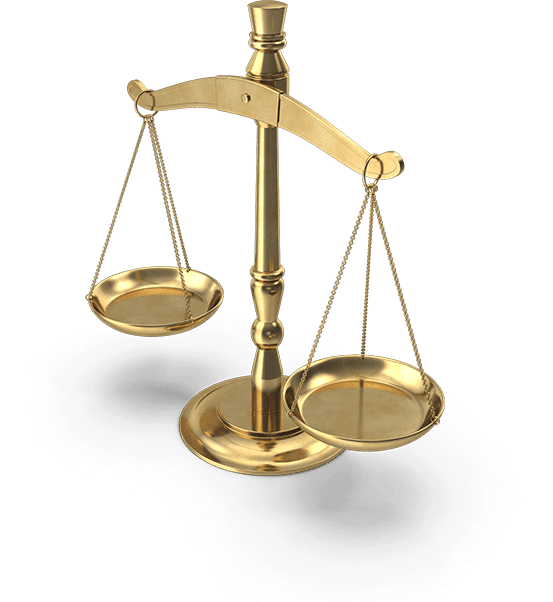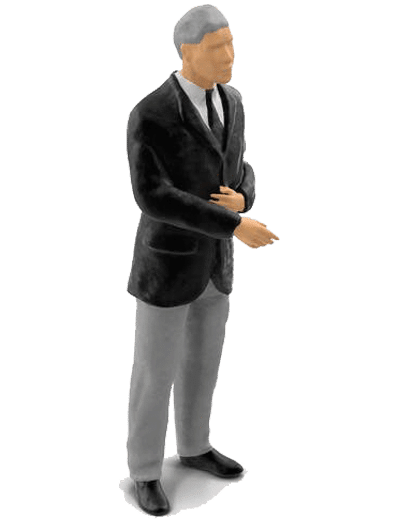Hearsay Evidence and the rule on Affidavits

Hearsay is generally not acceptable evidence.
Evidence, whether oral or documentary, is only hearsay if its probative value is not based on the personal knowledge of the witness but on the knowledge of another person who is not on the witness stand.[1]
Contents
- What is the rule on hearsay evidence?
- Sanvicente vs. People, G.R. No. 132081, 26 November 2002
- People vs. Abelardo Parungao, G.R. No. 125812 November 28, 1996
- People vs. Julito Franco, G.R. No. 118607, March 4, 1997
- Dantis vs. Maghinang, Jr., G.R. No. 191696, April 10, 2013
- Mere affidavits are hearsay
- Caveat
What is the rule on hearsay evidence?
Testimony generally confined to personal knowledge; hearsay excluded. — A witness can testify only to those facts which he knows of his personal knowledge; that is, which are derived from his own perception, except as otherwise provided in these rules.
The general rule is that hearsay evidence is not admissible in court. Court decisions cannot be based on hearsay except in certain situations.[2] Lawyers confronted with hearsay evidence should object as a matter of course.
Sanvicente vs. People, G.R. No. 132081, 26 November 2002
The term as used in the law of evidence “signifies all evidence which is not founded upon the personal knowledge of the witness from whom it is elicited, and which consequently does not depend wholly for its credibility and weight upon the confidence which the court may have in him. Its value, if any, is measured by the credit to be given to some third persons not sworn as witnesses to that fact and consequently not subject to cross-examination.”[3] In short, it is “the evidence not of what the witness knows himself but of what he has heard from others.”[4] Thus, in one case we stated that “[w]hen evidence is based on what was supposedly told the witness, the same is without any evidentiary weight being patently hearsay.”[5] (Citations retained; boldfacing supplied)
But even if the lawyer failed to object to the hearsay evidence offered by the other side, that evidence should be given neither weight nor value by the Court. Hearsay, even when admitted into evidence because a lawyer failed to object, is without any probative value and cannot be given credence.
People vs. Abelardo Parungao, G.R. No. 125812 November 28, 1996
“The general rule is that hearsay evidence is not admissible. However, the lack of objection to hearsay testimony may result in its being admitted as evidence. But one should not be misled into thinking that such declarations are thereby impressed with probative value. Admissibility of evidence should not be equated with weight of evidence. Hearsay evidence whether objected to or not cannot be given credence for it has no probative value.
We have consistently held that:
The failure of the defense counsel to object to the presentation of incompetent evidence, like hearsay evidence or evidence that violates the rule of res inter alios acta, or his failure to ask for the striking out of the same does not give such evidence any probative value. The lack of objection may make any incompetent evidence admissible. But admissibility of evidence should not be equated with weight of evidence. Hearsay evidence whether objected to or not has no probative value (People vs. Valero, 112 SCRA 661 [1982]; Reiterated in People vs. Nebreja, 203 SCRA 45 [1991]; People vs. Damaso, 212 SCRA 547 [1992]; Baguio vs. Court of Appeals, 226 SCRA 366 [1993]; People vs. Cabintoy, 247 SCRA 442 [1995]).
People vs. Julito Franco, G.R. No. 118607, March 4, 1997
From the records, it appears that not a single person witnessed the incident. In fact, aside from the testimony of police investigator Pat. Nestor Napao-it, none of the other three prosecution witnesses, to wit: (1) Angelo Tongko — a Dunkin’ Donut employee who testified to have found the body of Aurelio Cuya inside the supervisor’s room of the establishment in the early morning of August 9, 1991, (2) Dr. Marcial Cenido — the physician who autopsied the body of Aurelio Cuya, and who testified on the cause of the latter’s death; and (3) Teresita Cuya — the wife of Aurelio Cuya who testified on the civil aspect of the case, ever imputed, directly or indirectly, to the appellant the commission of the crime. With respect to the testimony of Pat. Nestor Napao-it, there is no dispute that his testimony on the conduct of the investigation is admissible in evidence because he has personal knowledge of the same. However, his testimony on appellant’s alleged separate confession/admission to Hilda Dolera and Maribel Diong, which the trial court invariably considered in its decision as establishing the truth of the facts asserted therein, is hearsay. In the terse language of Woodroffes, said testimony is “the evidence not of what the witness knows himself but of what he has heard from others” And whether objected to or not, as in this case, said testimony has no probative value. To repeat, the failure of the defense to object to the presentation of incompetent evidence, like hearsay, does not give such evidence any probative value.
One of the reasons that hearsay is inadmissible and not given weight is that it denies the other side, as well as the Court, the opportunity to examine and vet the real source of knowledge.
Dantis vs. Maghinang, Jr., G.R. No. 191696, April 10, 2013
Evidence is hearsay when its probative force depends on the competency and credibility of some persons other than the witness by whom it is sought to be produced. The exclusion of hearsay evidence is anchored on three reasons: 1) absence of cross-examination; 2) absence of demeanor evidence; and 3) absence of oath.
Mere affidavits are hearsay
Jurisprudence dictates that an affidavit is merely hearsay evidence where its affiant/maker did not take the witness stand.
This rule excluding mere affidavits is upheld in a clear line of cases.[6] Unless the affiants themselves take the witness stand to affirm the averments in their affidavits, the affidavits cannot be admitted as evidence for being inadmissible hearsay.
Caveat
When bodies other than the Courts — say the Comelec or the Department of Labor (or for that matter Congress conducting investigation in aid of legislation) — do fact-finding, they are not necessarily bound by the rules on Evidence set down by the Supreme Court. These bodies make their own rules of procedure. They may adopt judicial rules of procedure in a suppletory fashion, but they are often not strict about the technical rules of evidence.
Thus, administrative agencies and other fact-finding entities sometimes resort to judging facts on the basis of submitted affidavits. In this, they differ from the regular practices of the Courts.
Even the Courts themselves may indulge in the acceptance of affidavits, effectively without cross examination, in a limited class of cases tried under abbreviated, summary procedures.[7] In summary proceedings, the Courts may accept the affidavits of witnesses, but the general rule prevails during the full blown trials under the regular Rules of Court and witnesses in these trials are obliged to take the stand.
References
[1] Dra, Leila A. Dela Llano vs. Rebecca Biong, G.R. No. 182356, December 4, 2013
[2] Sections 37 to 47 of Rule 130.
[3] Francisco V.J., Revised Rules of Court, supra, p. 513, citing Underhill Evidence, p. 68.
[4] Id., citing Woodroffe’s Law on Evidence, 9th ed. 512.
[5] People v. Villaran, 269 SCRA 630, 637 [1997], citing People v. Del Rosario, 234 SCRA 246 [1994].
[6] cf People vs. Quidato, G.R. No. 117401. October 1, 1998; Unchuan vs. Antonion, G.R. No. 172671, April 16, 2009.
[7] Such as under Title XI: SUMMARY JUDICIAL PROCEEDINGS IN THE FAMILY LAW of the Family Code; and the Revised Rules on Summary Procedure.






0 Comments